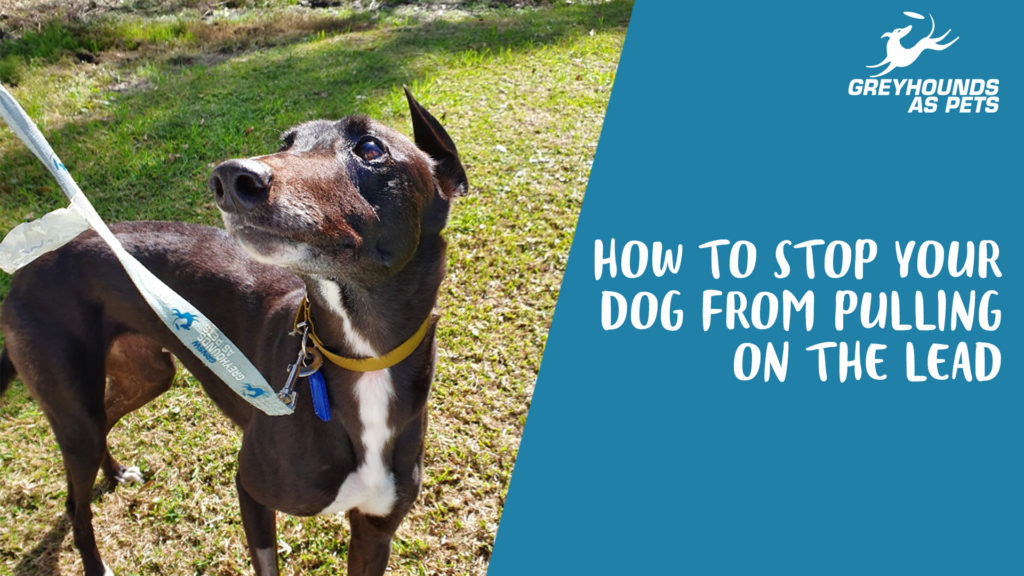
Tips on how to help your dog walk better on lead
Leisurely walks can benefit both you and your greyhound, providing exercise, mental stimulation, relaxation and an opportunity to strengthen your bond. Some of these benefits can be lost when your dog is constantly pulling and straining on the other end of the leash.
When your greyhound is able to walk on a mostly loose lead, the experience becomes more rewarding for dog and human alike. Avoiding pulling also helps to protect your greyhound’s neck and shoulders which might be damaged with continuous pulling. Relaxed and leisurely walks also serve to calm the dog as the lack of pressure allows the dog to focus on their primary sense: smell!
Like everything worth doing, loose lead walking takes time and patience. Don’t be discouraged though, as with all our other greyhound behaviour tips, helping your dog to walk on a loose lead is simple providing you set your dog up for success.
Often, greyhounds that are suddenly brought to an environment that is totally unfamiliar to them (such as a busy suburban park) will show signs of fear anxiety. Sometimes the dog may freeze on the spot, and other times they may pull on the lead to try to reach safety. Other times the dog may be frustrated by not being able to access things they want (such as a particularly smelly tree), and may pull to try to change that. Improving your dog’s emotional associations with walks is the key to making your dog meander instead of running like they’re in a marathon (as brief as that may be with greyhounds!).
Here are some tips to help your dog learn to take their time and smell the flowers:
- Pay attention to when your dog pulls: Does your dog start pulling the moment they are out the door? Or is it only when there are other dogs around? Knowing what situations may cause your dog to pull can help you to stick to areas where your dog can be calm, and only moving to busier areas when they are showing that they can cope well with the change.
- Consider investing in a front-attaching harness: Walking a dog on a standard leash and collar can create directly oppositional forces, making harder both on your shoulders and the dog’s neck when they pull. Clipping your dog’s lead to a front-attaching harness can help redirect the dog’s momentum sideways, making it clear to the dog that pulling will actually cause them to move in circles!
- “Let’s go” U-turns: This involves stopping whenever your dog pulls and then moving on in a slightly different direction while saying “let’s go”. Once your dog begins to move in the same direction as you, they can be rewarded with a tasty treat like a small piece of cheese of BBQ chicken. This helps your dog learn that the words “let’s go” mean to stop pulling and walk with you, the addition of treats helps to make this a positive experience.
- Be patient with yourself and your pooch: Some dogs may do best if walks are kept to the front yard for some time, especially recently adopted greyhounds. Others may prefer learning to strut their stuff in their local street before graduating to quiet beach walks in a month or two. Each greyhound is an individual with their own walking preferences, learning what makes your pup tick and gradually helping them open up to the world, will be the most stress-free way for you and your dog to bond.
Aversive walking tools such as choke chains or prong collars are not recommended. Often, our dog’s pulling behaviour is their way of communicating their anxiety or frustration. Only by listening to this behaviour and working within the dog’s own limits, will you be able to reap the full benefits of a chilled our walking partner.
More news
 Adoption Day Success At DaptoDecember 19, 2023 10:35
Adoption Day Success At DaptoDecember 19, 2023 10:35 Wellington Joins GAP Prison ProgramBy GRNSWDecember 04, 2023 17:21
Wellington Joins GAP Prison ProgramBy GRNSWDecember 04, 2023 17:21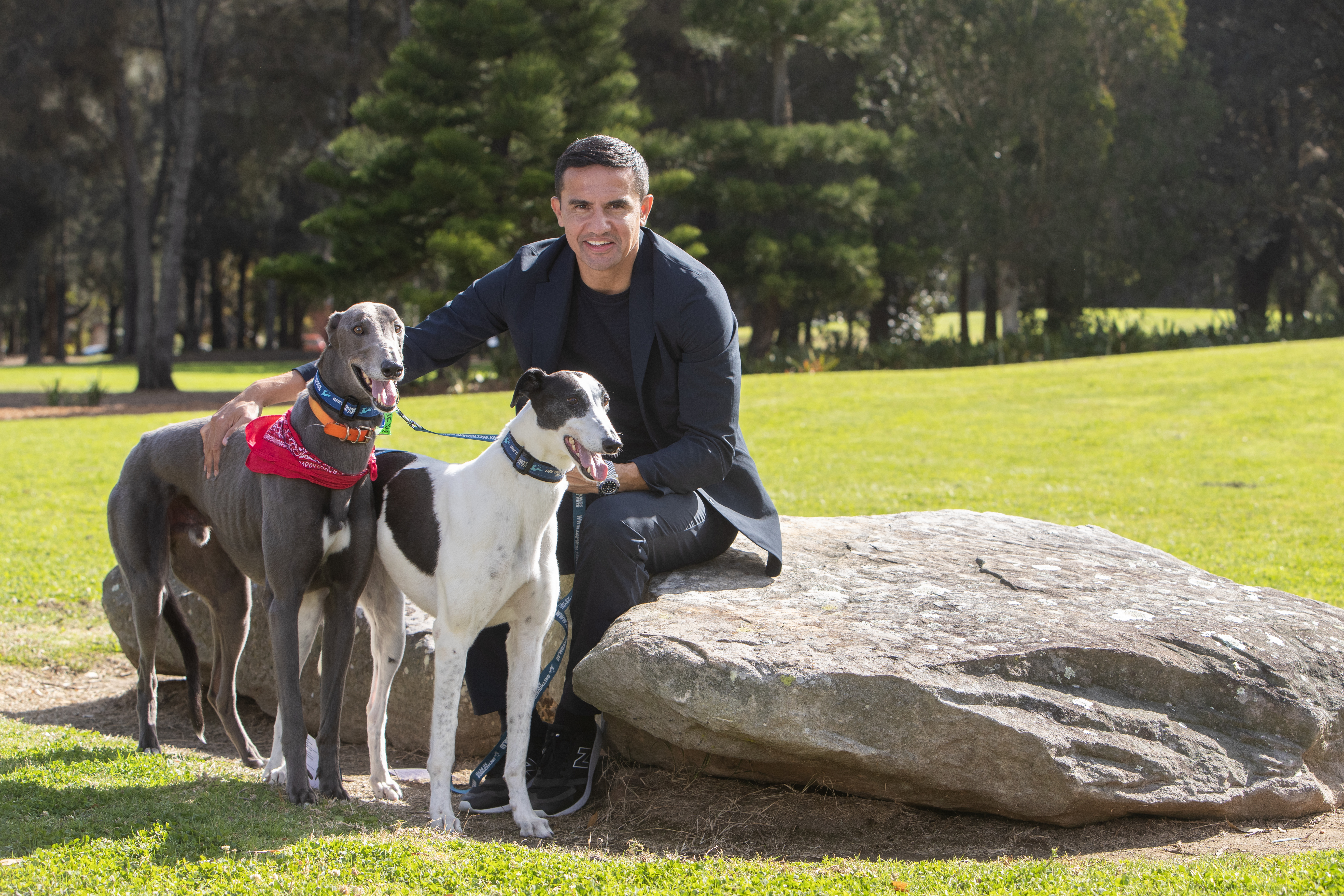 Cahill Now A Hall Of Fame AmbassadorBy GAPNSWNovember 30, 2023 10:20
Cahill Now A Hall Of Fame AmbassadorBy GAPNSWNovember 30, 2023 10:20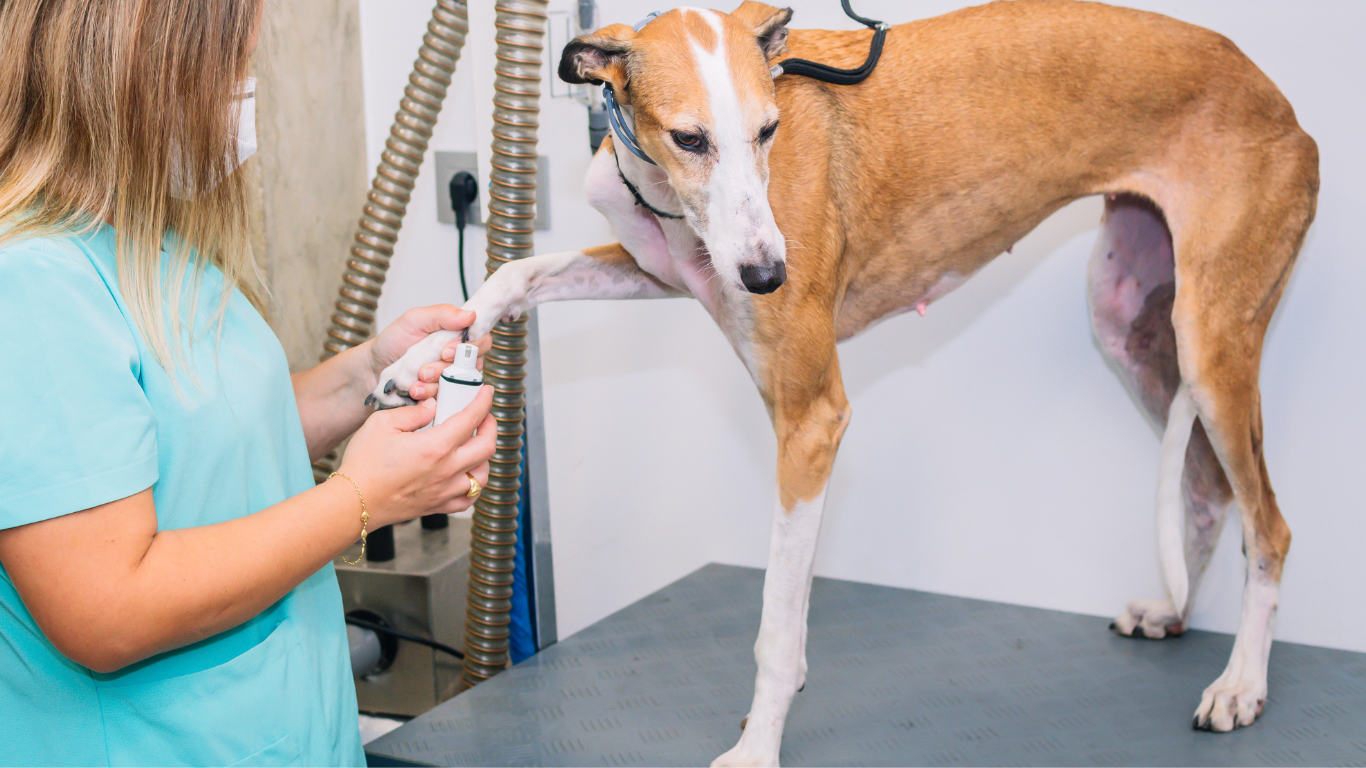 How To Care For Greyhound NailsBy gapnsw.com.auOctober 23, 2023 11:35
How To Care For Greyhound NailsBy gapnsw.com.auOctober 23, 2023 11:35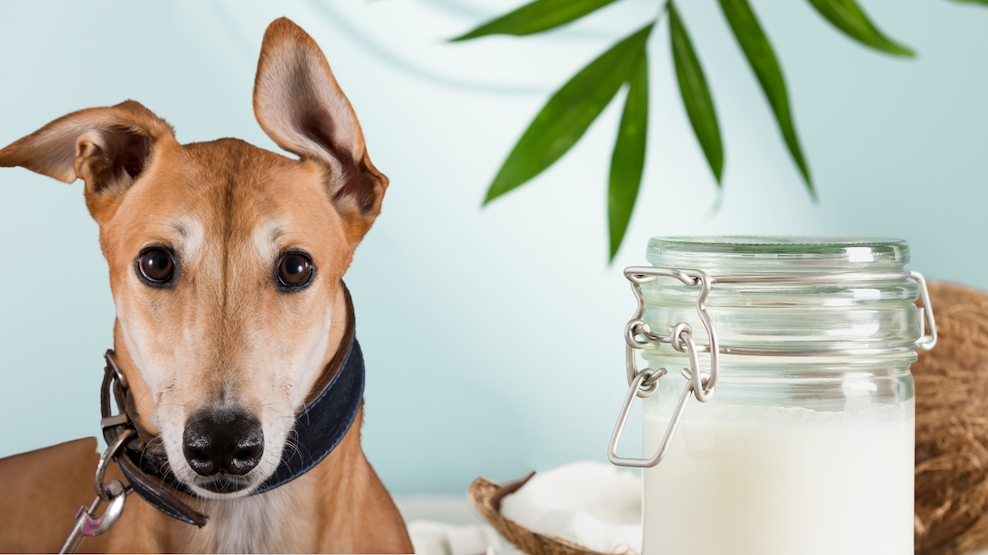 Is Coconut Oil Your Dog's Best Friend?By GAPNSWOctober 23, 2023 09:36
Is Coconut Oil Your Dog's Best Friend?By GAPNSWOctober 23, 2023 09:36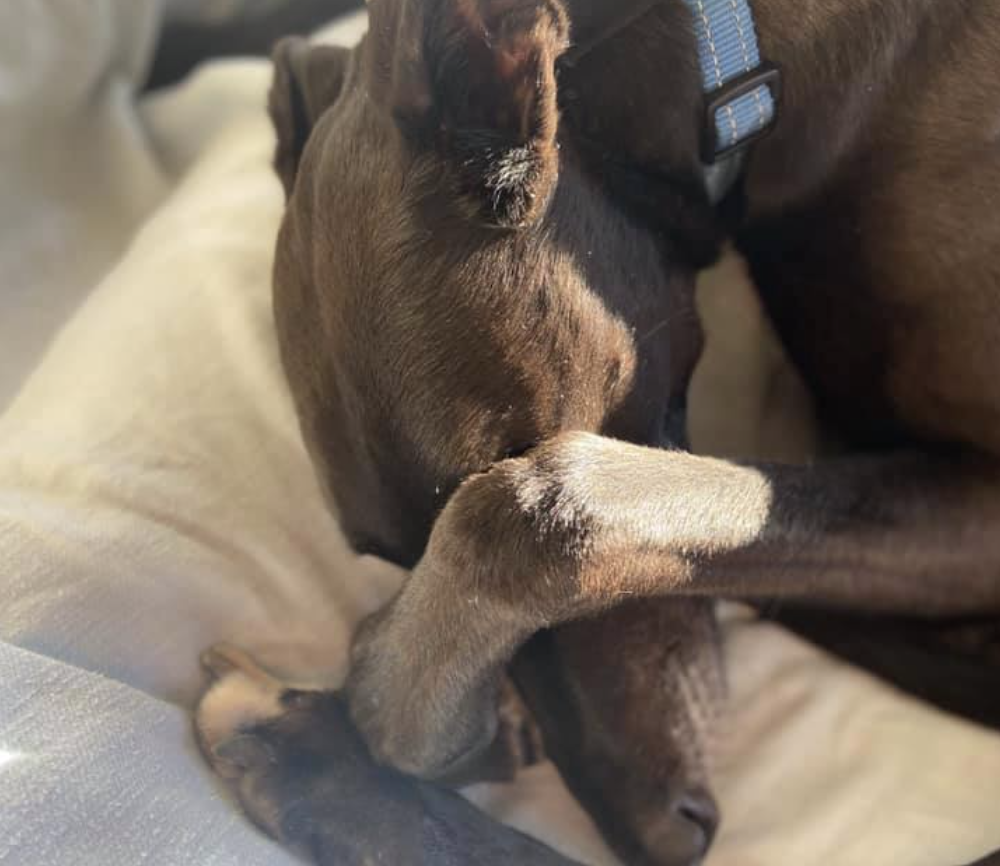 Helping a Greyhound When Relocating Their Safe SpaceBy gapnsw.com.auSeptember 13, 2023 11:10
Helping a Greyhound When Relocating Their Safe SpaceBy gapnsw.com.auSeptember 13, 2023 11:10